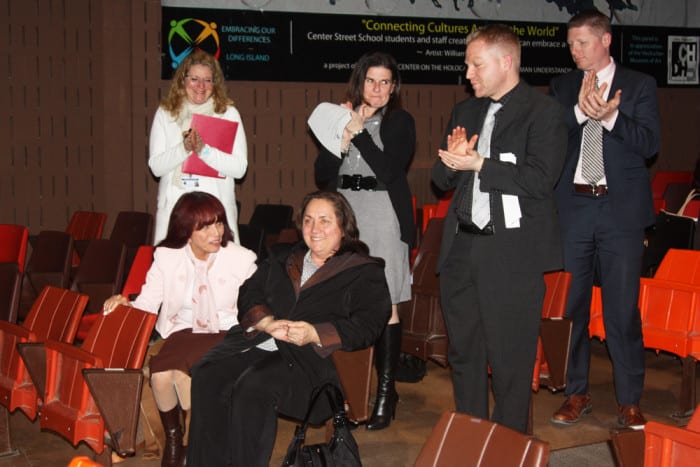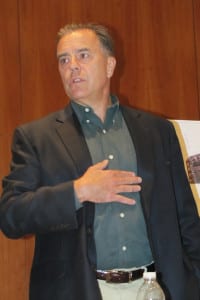By Nancy Burner, ESQ.
For most of us, if a time comes when we need assistance, the preferred option would be to remain at home and receive whatever care services we needed in our familiar setting surrounded by family. For many, the Community-Based Long-Term Care Program, commonly referred to as Community Medicaid, makes that an affordable and therefore viable option.
Oftentimes we meet with families who are under the impression that they will not qualify for these services through the Medicaid program due to their income and assets. In most cases, that is not the case. Although an applicant for Community Medicaid must meet the necessary income and assets levels, oftentimes with planning we are able to assist in making an individual eligible with little wait.
An individual who is applying for homecare Medicaid may have no more than $14,850 in nonretirement liquid assets. Retirement assets will not be counted as a resource as long as the applicant is receiving monthly distributions from the account. An irrevocable prepaid burial fund is also permitted as an exempt resource. The primary residence is an exempt asset during the lifetime of the Medicaid recipient. However, when the applicant owns a home, it is advisable to consider additional estate planning to ensure that the home will be protected once the Medicaid recipient passes away.
Although the home is considered an exempt resource as long as the Medicaid recipient is living in it, once the applicant passes, Medicaid can assert a lien on the home if it passes through the probate estate. One way to avoid this is to ensure that at the time of the death of the applicant no assets pass through the probate estate; this can be achieved by transferring the home to a trust. Once this is done, the home will pass to the intended beneficiaries without a probate proceeding and without an opportunity for Medicaid to seek recovery against the home.
With respect to income, an applicant for Medicaid is permitted to keep $825 per month in income plus a $20 disregard. However, where the applicant has income that exceeds that $845 threshold, a Pooled Income Trust can be established to preserve the applicant’s excess income and direct it to a fund where it can be used to pay his or her household bills. It is important to note that there is no “look back” for Community Medicaid. This means that for most people, with minimal planning, both the income and asset requirements can be met with a minimal waiting period allowing families to mitigate the cost of caring for their loved ones at home, in many cases making aging in place an option.
Individuals looking for coverage for the cost of a home health aide must be able to show that they require assistance with their activities of daily living. Some examples of activities of daily living include dressing, bathing, toileting, ambulating and feeding.
Community Medicaid will not provide care services where the only need is supervisory; therefore, it is important to establish an assistive need with the tasks listed above. Once this need is established, the amount of hours awarded will depend upon the frequency with which assistance with the tasks are necessary.
For example, an individual who only needs help dressing and bathing may receive minimal coverage during the scheduled times, maybe two hours in the morning and two hours in the evening. Contrast that with an individual who requires assistance with ambulating and toileting. Because these tasks are considered “unscheduled,” the hours awarded will be maximized.
In fact, where the need is established, the Medicaid program can provide care for up to 24 hours per day, seven days per week. Once approved, the individual may be enrolled in a managed long-term care company. The MLTC may also cover adult day health care programs, transportation to and from nonemergency medical appointments and medical supplies such as diapers, pull-ups, chux and durable medical equipment.
The Community-Based Medicaid Program is invaluable for many seniors who wish to age in place but are unable to do so without some level of assistance.
Nancy Burner, Esq. has practiced elder law and estate planning for 25 years.













